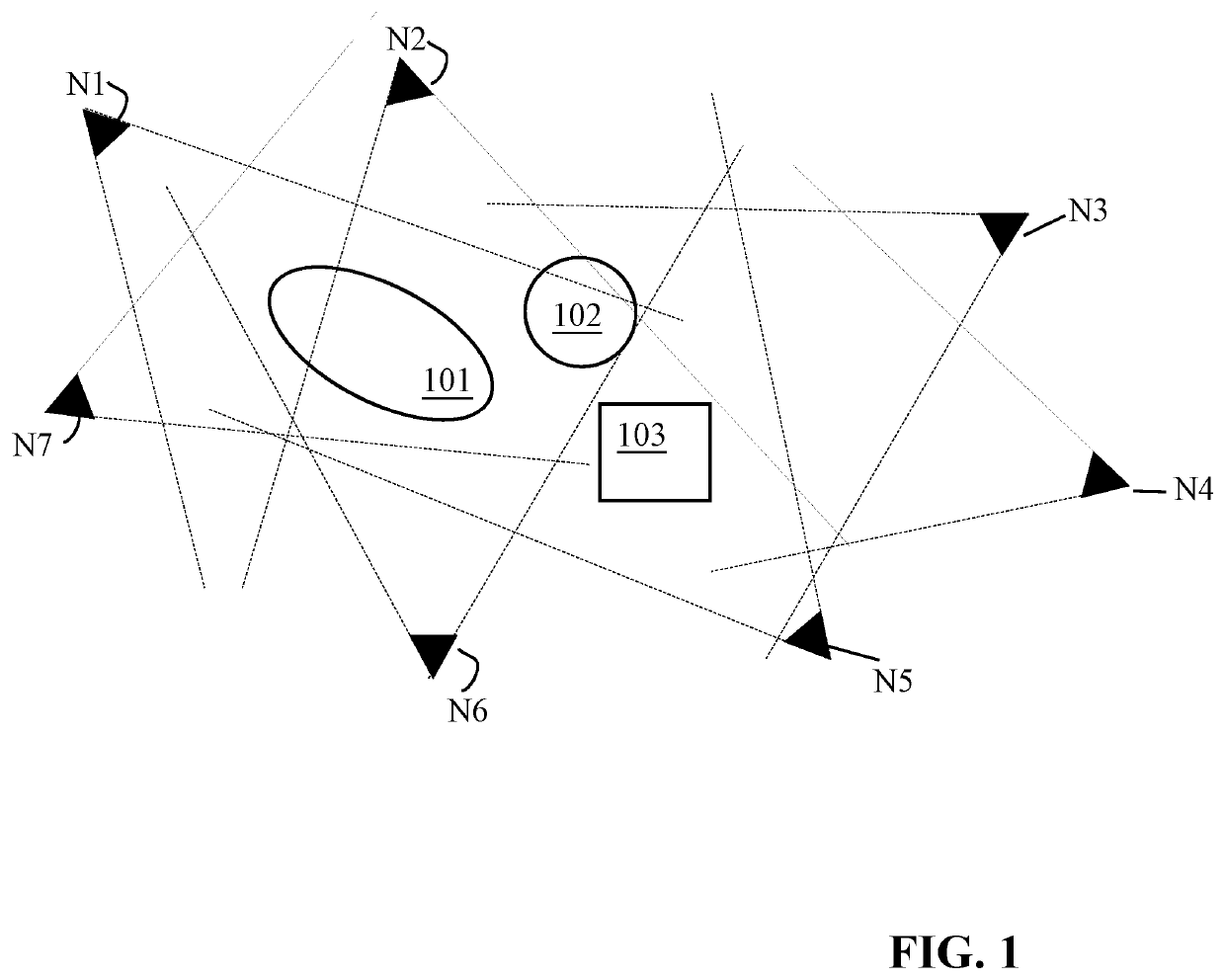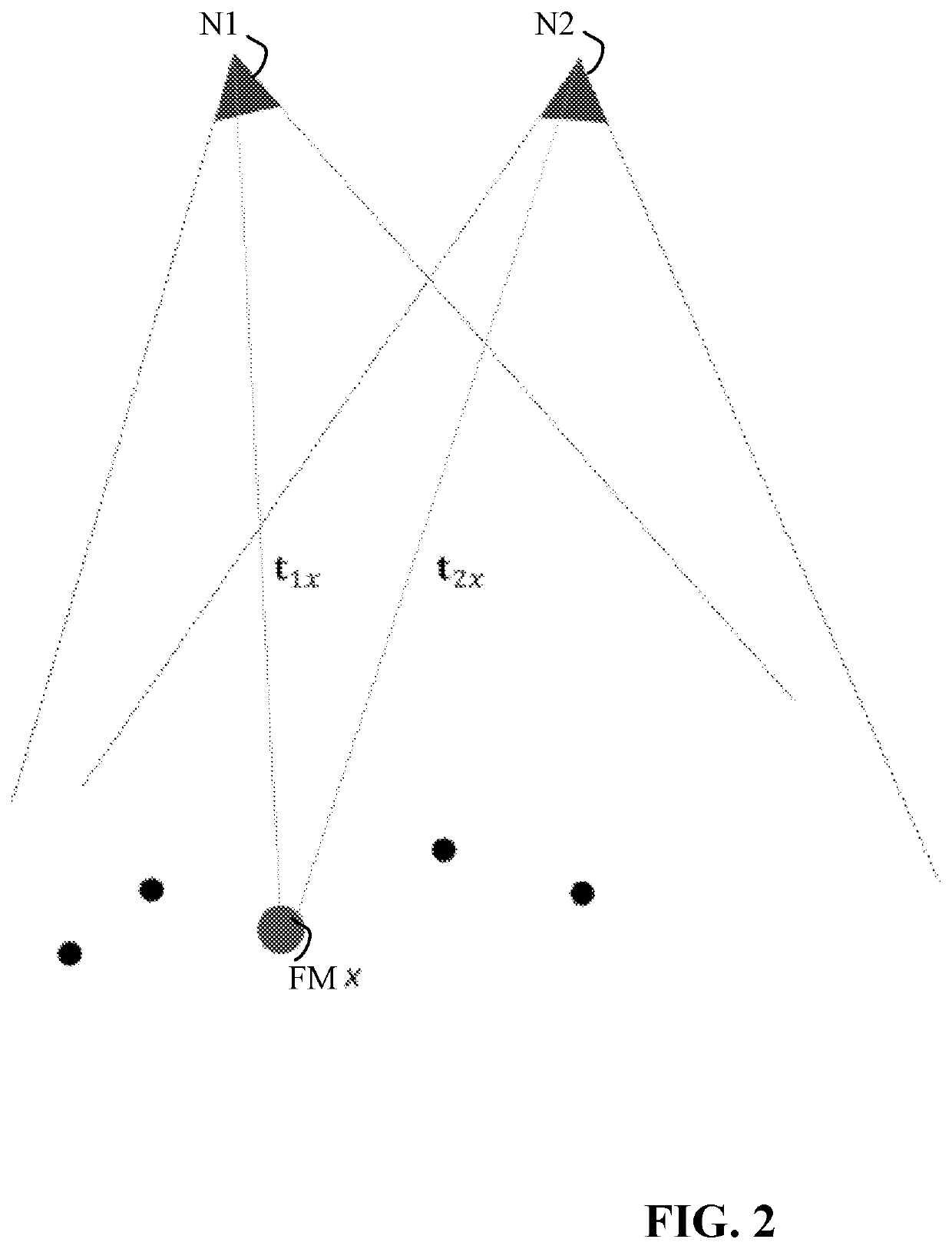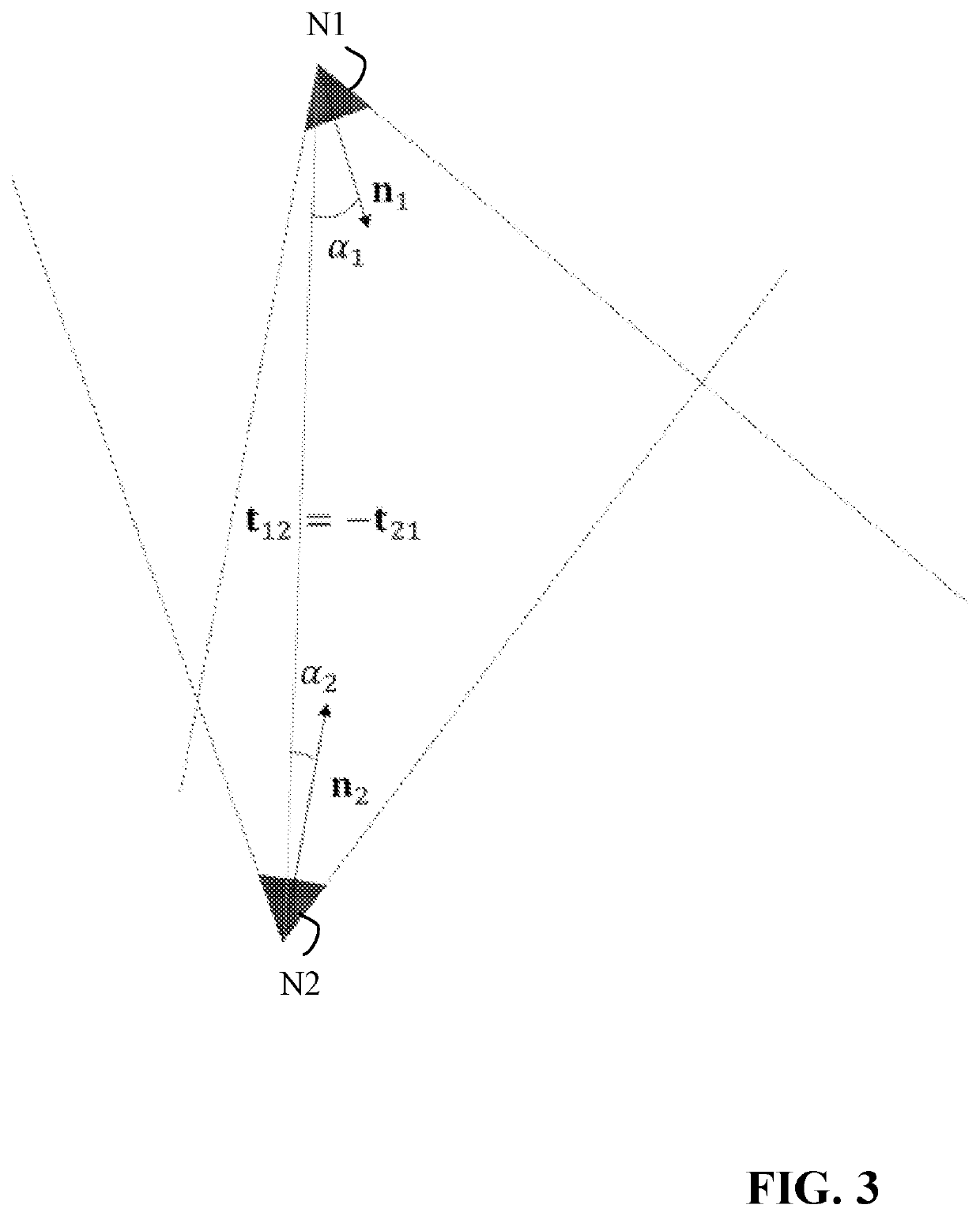Apparatus and method for generating a representation of a scene
a technology of scene and apparatus, applied in the field of apparatus and method for generating a scene, can solve the problems of difficult or impossible to meet requirements in many practical applications, difficult to achieve requirements for placement determination, and difficulty in achieving second points, so as to facilitate or enable interworking, improve quality, and enhance coverage
- Summary
- Abstract
- Description
- Claims
- Application Information
AI Technical Summary
Benefits of technology
Problems solved by technology
Method used
Image
Examples
Embodiment Construction
[0083]The following description focuses on embodiments of the invention applicable to generation of a data representation of a scene based on image (including video) captures from a plurality of distributed depth-sensing cameras, such as typically a capturing system comprising 10, 20 or even more cameras. However, it will be appreciated that the invention is applicable to many capturing systems including systems with only a few depth-sensing cameras capturing the scene.
[0084]FIG. 1 illustrates an example of a capturing system wherein a relatively large number of depth-sensing cameras capture a scene, which in the example is represented by three central objects 101, 102 and 103. Each depth-sensing camera N1-N7 is represented by a black triangle also indicating the viewport / view angle of the camera. It should be noted that whereas FIG. 1 illustrates the use of eight cameras, a substantially larger number may be used in many practical systems, and indeed the illustrated eight cameras m...
PUM
 Login to View More
Login to View More Abstract
Description
Claims
Application Information
 Login to View More
Login to View More - R&D
- Intellectual Property
- Life Sciences
- Materials
- Tech Scout
- Unparalleled Data Quality
- Higher Quality Content
- 60% Fewer Hallucinations
Browse by: Latest US Patents, China's latest patents, Technical Efficacy Thesaurus, Application Domain, Technology Topic, Popular Technical Reports.
© 2025 PatSnap. All rights reserved.Legal|Privacy policy|Modern Slavery Act Transparency Statement|Sitemap|About US| Contact US: help@patsnap.com



